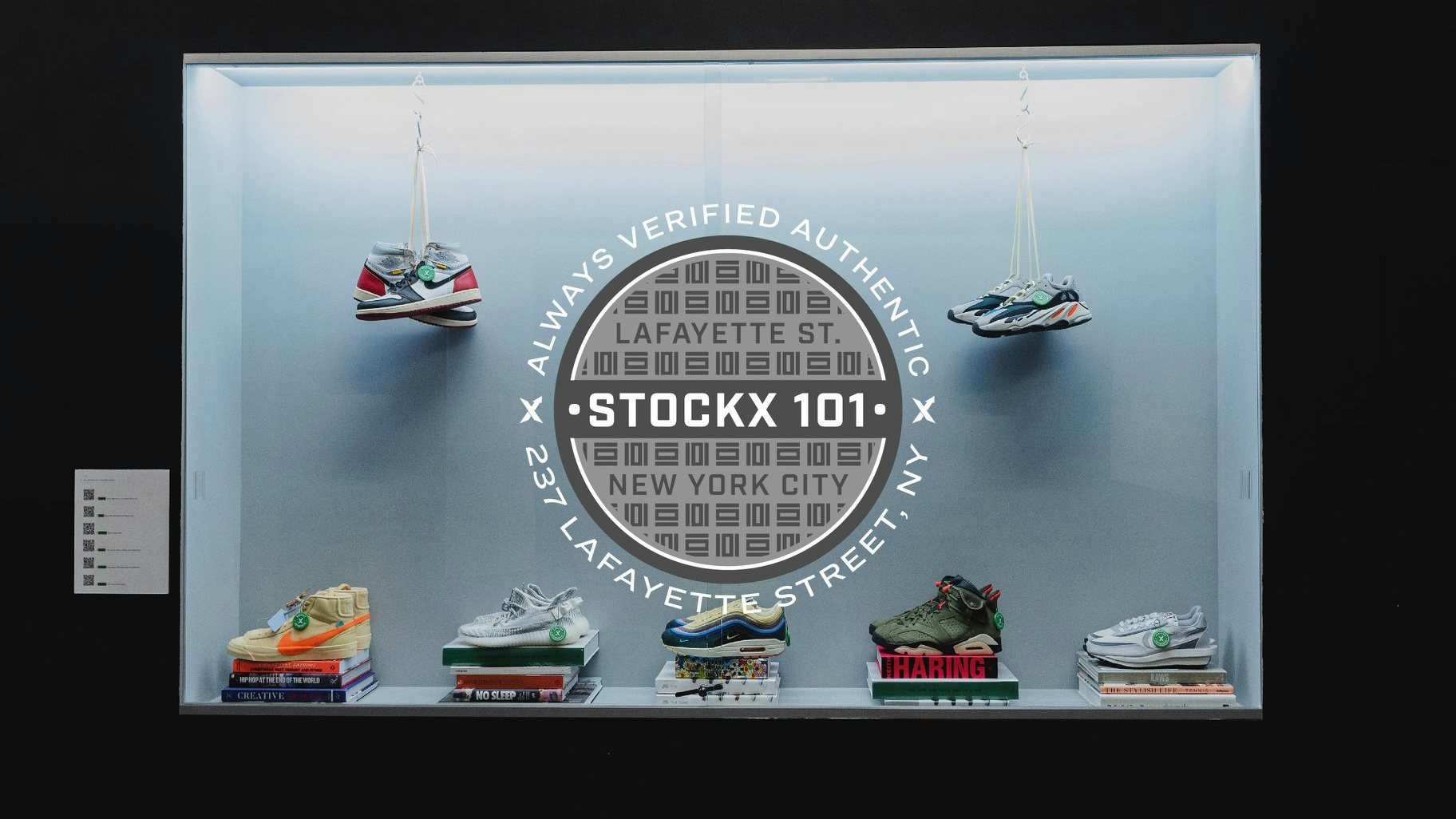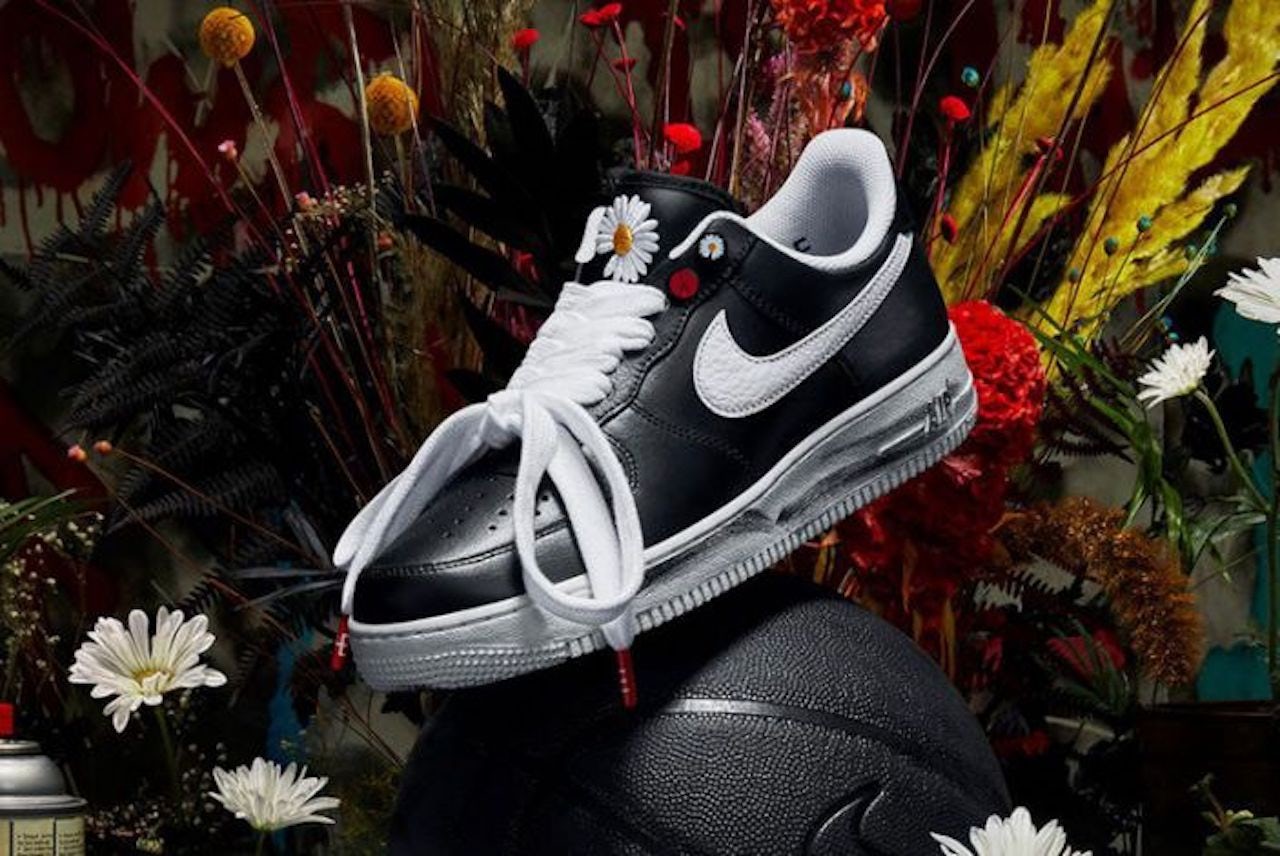What happened
The sneaker marketplace StockX announced it raised 255 million in a late-stage financing round to bring the company’s valuation to 3.8 billion. Reuters reports that the Detroit-based online retailer is expected to start preparing to go public as soon as later this year.
For the year ending on December 31, 2020, the company closed more than 7.5 million trades and raked in 1.8 billion in gross merchandise value (GMV). Consequently, the company earned a GAAP revenue of over 400 million, according to a press release.
The Jing Take
As stated by Cowen Equity Research, the global resale market could reach 30 billion by 2030. And China remains one of its world’s fastest-growing markets. Revenue in the athletic footwear segment in China has amounted to 784,000 (85.6 million CN¥) so far in 2021, and the market is expected to grow annually by 9.3 percent between now and 2025, according to data from Statista.
Given the sheer size of this market, it is hardly surprising that local trading platforms like Poizon and Nice have emerged to give international companies a run for their money. But, new global market entrants have started employing new tools to remain relevant to the Chinese audience. In 2019, GOAT launched a China-specific app and WeChat Mini Program. And in 2020, StockX opened a brick-and-mortar authentication center in Hong Kong and launched localized operations in Mainland China.
Forbeshighlights that Hong Kong maintains “one of the largest inventories” in the sneaker industry. As such, the excess of inventory and the favorable tax regime guarantee that sneakers will become a stable, low-risk investment in China.
Taking advantage of Hong Kong’s strategic geographical location while reinventing its operating model for China were strategic moves that helped StockX strengthen its market position. And today, Greater China is one of StockX's top international markets. Meanwhile, its new collaborations like the one with Hong Kong rapper Jackson Wang have stood out and found great success.
The Jing Take reports on a piece of the leading news and presents our editorial team’s analysis of the key implications for the luxury industry. In the recurring column, we analyze everything from product drops and mergers to heated debate sprouting on Chinese social media.

